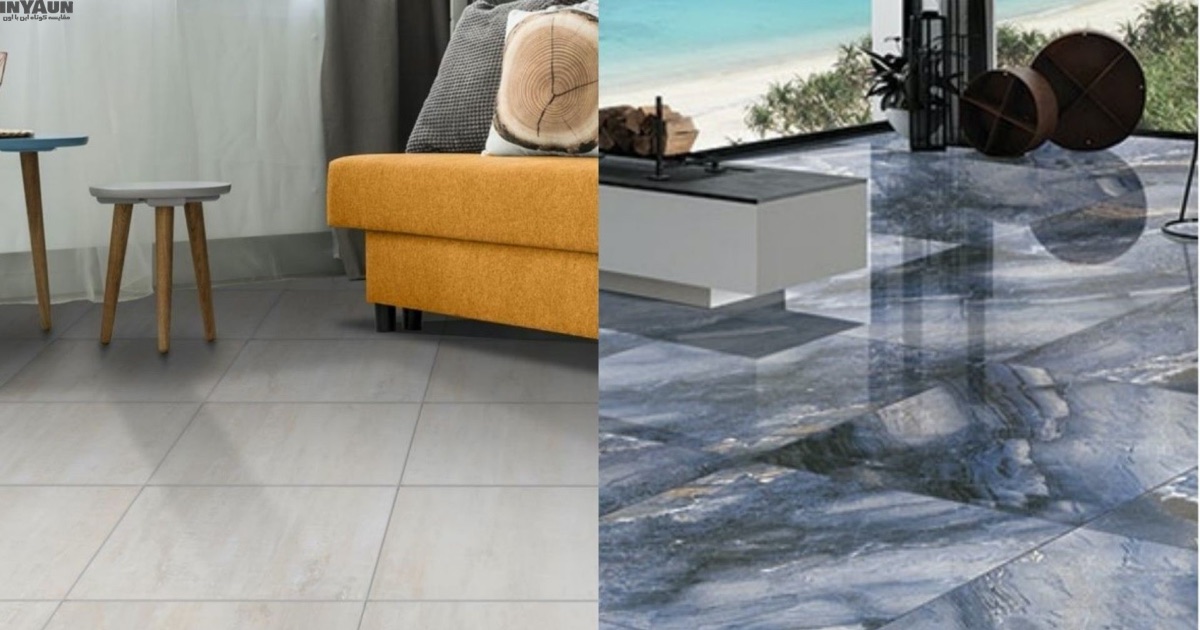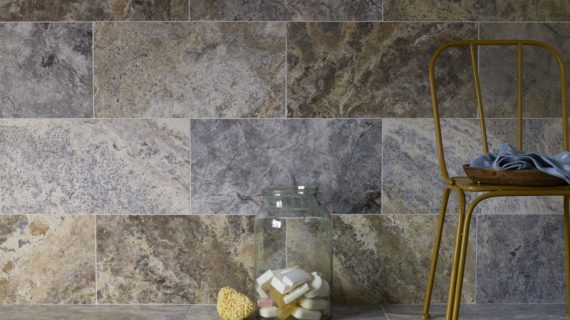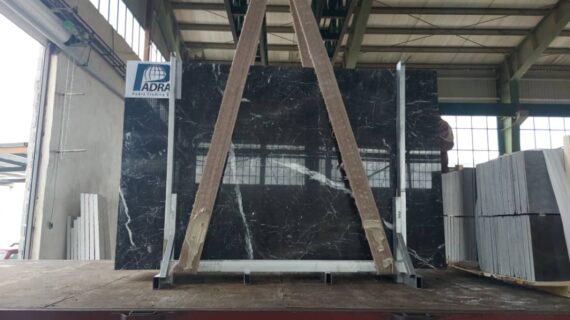Ceramic or stone? Which is better + features and full comparison
Hello, dear users and regular companions of Padra Trade
What are ceramics and stones similar in and what are they different in?
If you are unfamiliar with the construction industry, do not worry Padra Trade Magazine introduces you to the best building materials and equipment as well as building stones.
What is the difference between stone and ceramic? Is it better to use stone or ceramic in our projects? This is one of the most common questions people ask when choosing the right materials for the floor or facade of a building or staircase. Each of these options has its advantages and disadvantages. Different conditions determine which one is best for you. In this article, we are going to look at this issue from different perspectives so that you can make the right decision and make the best choice.
Ceramic is an inorganic non-metallic solid that is composed of metallic or non-metallic compounds and is formed by heating at high temperatures and then hardened. In general, ceramics are hard, brittle, and corrosion-resistant materials. Common examples are pottery, porcelain, and brick.
The crystallinity range of ceramic materials varies from fully oriented to quasi-crystalline, glassy, and sometimes even completely molded (glass, for example). In most cases, baked ceramics are glass or semi-glass, as is the case with pottery, heavy utensils and porcelain. The variability of crystallization and electron composition in ionic and covalent bonds means that most ceramic materials are good thermal and electrical insulators (extensive research has been done in ceramic engineering). With such a wide range of possible options for the composition or structure of a ceramic (e.g., almost all elements, almost all types of bonds, and all levels of crystallization), the subject range of ceramics is very wide, and identifiable characteristics (e.g. hardness, stiffness, electrical conductivity) Etc.) is difficult for the whole group. Ceramics generally have properties such as: high melting temperature, high hardness, poor conductivity, high modulus of elasticity, high chemical resistance and low ductility, although there are exceptions (eg piezoelectric ceramics, glass transition temperature, superconducting ceramics, etc.). Many composites such as fiberglass and carbon fiber, although containing ceramics, are not part of the ceramic family.
The first man-made ceramics were pottery (for example, vases or utensils) or sculptures made of clay, which, either by themselves or mixed with other materials such as silica, were fired and hardened in a fire. The ceramics were later glazed and baked to create smooth, colored surfaces and to reduce porosity by using glass and amorphous ceramic coatings on crystalline ceramic substrates. Ceramics today include household, industrial, and construction products, as well as a wide range of ceramic arts. In the twentieth century, new ceramic materials were developed for use in advanced ceramic engineering, such as semiconductors.
The word “ceramic” comes from the Greek word κεραμικός (keramikos), meaning “pottery” or “for pottery”, and it comes from κέραμος (keramos), meaning “potter, tile, pottery”. The first known reference to the root “ceramic” The Greek-Mycenaean word ke-ra-me-we means “ceramic workers” and is written with the syllable “B”. The word “ceramic” may be used as an adjective to describe a substance, product, or process, or it may be used as a noun, singularly, or commonly, as a plural noun.
Building stones
Corrugated travertine stone
Natural stone: All building stones that are extracted from natural mines and used after exploitation.
Artificial stone: All building stones that are made by man in the factory and with a combination of different materials.
Based on specific gravity: Heavy rocks are rocks with a specific gravity of more than 1.8 g / cm3 and light rocks are groups of rocks with a specific gravity of less than 1.8 g / cm3.
Based on compressive strength: Heavy rocks with a compressive strength of 100 to 1000 MPa; And light rocks with a compressive strength of 4 to 200 MPa.
Based on softening coefficient: If the value of this coefficient is from 0.6 to 1, it is used for building construction.
An overview of the differences between stone and ceramics
So far, we have become acquainted with each of these materials. It can be said that the main difference between stone and ceramics is in the way they are obtained. This difference is one of the strengths of stone against ceramic. The naturalness of stone and its extraction from nature gives it a valuable aspect and reminds of the beauties of nature.
However, to understand the differences between stone and ceramics, they can be examined and compared from many technical aspects. Below we will look at each of these cases separately.
Is stone more beautiful or ceramic?
Beauty is a matter of taste. For this reason, this feature can not be listed in the technical specifications and can not be judged. However, their differences can be mentioned.
The beauty of ceramics is generally due to the variety of designs and attractive colors. The designs in ceramics are very diverse and according to the manufacturer, special patterns can be seen in the products of this family.
On the other hand, stones have an inherent and natural beauty. The originality of the beauty of stone and its nature has made many people do not consider ceramics as comparable to stone. For example, imagine a building with a Roman facade, covered with Abbasabad waveless travertine in front of you. The integrity of this building with the surrounding nature



